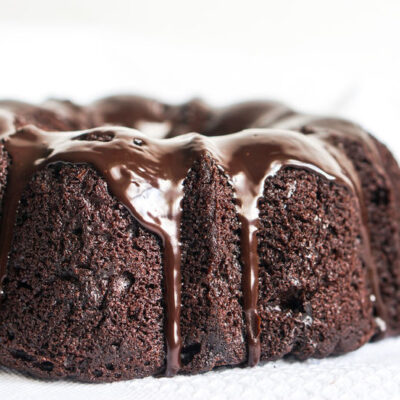Origin
Two main types of wheat are typically used in making this type of flour. One is soft white wheat, which is primarily grown in Northwest United States. The other is soft red winter wheat, typically produced in the Eastern United States.
Function1,2
Cake flour is unique due to its low protein. Also, from the properties it gets from a bleaching treatment. Chlorine or benzoyl peroxide are usually used in this process.
Physicochemical properties of bleached cake four:
- Reduced pH (4.4 – 4.8)
- Whitening
- Weakened gluten matrix
- Increased starch, water and sugar absorption capacity
- Low protein content (8%) for a soft texture, tenderness and moistness in the final product
Composition and nutrition3
Cake flour is composed of:
- Starch: 72-74%
- Moisture: 14.5%
- Protein: 7-8%
- Fat: 1%
- Minerals: 0.2-0.5%
- Cellulose: 0.1%
This flour also contains small amounts of vitamin B including thiamine, riboflavin, and niacin.
Commercial production
This flour is produced for commercial bakeries at a flour mill, mostly from soft winter wheat. Soft winter wheat first undergoes bleaching processing. As a result, the milled flour contains lower protein content compared to all-purpose flour. The flour is is the highest quality patent flour, short or fancy, coming from the heart of the endosperm. The flour is finely ground, resulting in a very fine finished product.
Application
This flour is typically used for:
- High-ratio cakes
- Cookies
- Brownies
- Pie crust
- Biscuits
- Delicate pastries
This ingredient is ideally used in the production of high-ratio cakes. Like most formulas, the flour is recommended to be added near the end of mixing to prevent over-development of the gluten matrix.
This type of flour can be blended with a mid-range protein flours for cookies and brownie-type applications. Cookies spread will be reduced if cake flour alone is alone in the formula.
FDA regulation
The bleaching of cake flour is regulated by FDA (21CFR137.105).4
Reference
- Flour 101. https://www.foodnetwork.com/recipes/packages/baking-guide/flour-101-guide-to-different-types-and-uses. Accessed on 07 Nov 2019.
- Finnie, S.M., Bettge, A.D., Morris, C.F. Influence of flour chlorination and ingredient formulation on the quality attributes of pancakes. Cereal Chemistry.83 (2006): 684-691.
- Al-Dmoor, H. M. Cake flour: functionality and quality. European Scientific Journal, 9 (2013): 3.
- “CFR – Code of Federal Regulations 21CFR137.105” Accessdata.fda.gov. 01 Apr. 2019. https://www.accessdata.fda.gov/scripts/cdrh/cfdocs/cfcfr/CFRSearch.cfm?fr=137.105. Accessed 08 Nov 2019.

